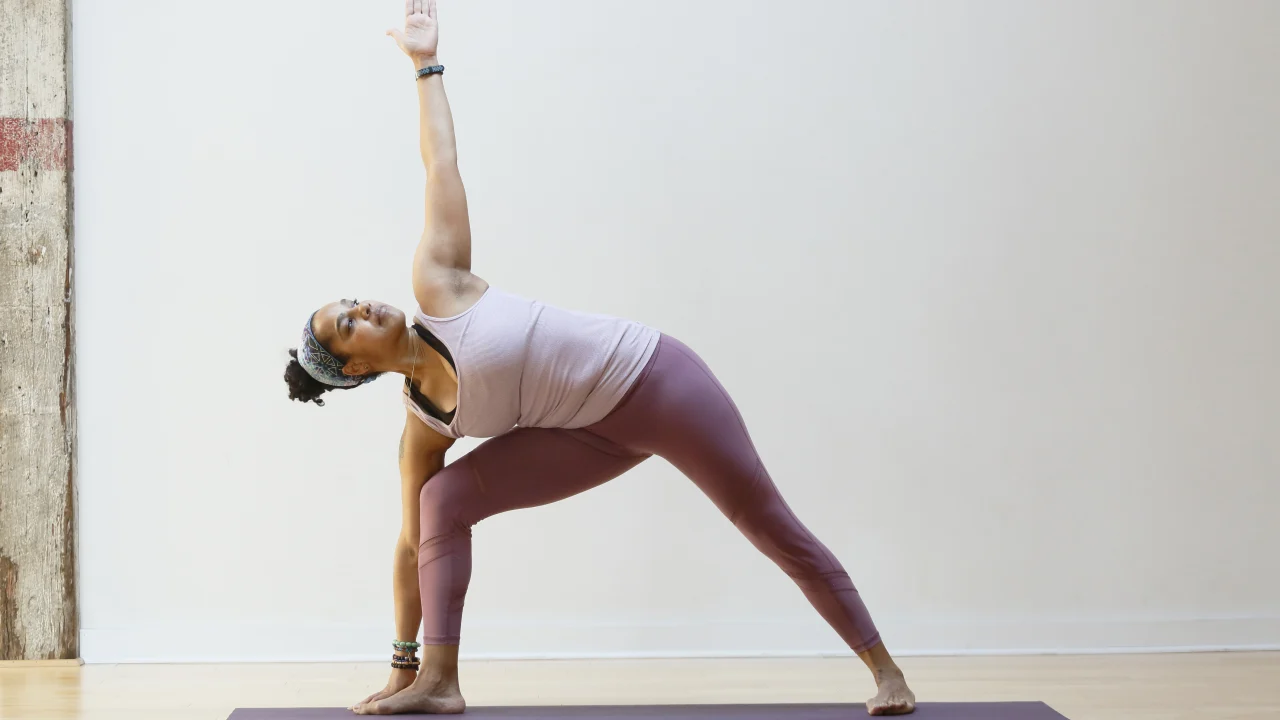I. Introduction

A. Explanation of the controversy surrounding yoga Yoga has become increasingly popular worldwide, but it has also faced criticism and controversy due to its spiritual origins and practices. This introduction will delve into the reasons behind the controversy surrounding yoga.
B. Introducing the question: Is yoga a sin? The question of whether yoga is considered a sin arises due to conflicting religious beliefs and interpretations. This article aims to explore different perspectives and shed light on this contentious topic.
II. Understanding the Origins and Purpose of Yoga
A. The ancient origins of yoga in Hinduism and its spiritual significance
Yoga originated thousands of years ago in ancient India as a spiritual practice deeply rooted in Hindu philosophy. This section will explore the origins of yoga and its spiritual significance within the Hindu tradition.
B. The physical and mental benefits of practicing yoga
Aside from its spiritual roots, yoga offers numerous physical and mental health benefits. It improves flexibility, strength, and overall physical well-being. Furthermore, it enhances mental clarity, reduces stress, and promotes mindfulness. This section will highlight the holistic benefits of yoga.
C. Differentiating between the religious and secular aspects of yoga
While yoga has its origins in Hinduism, it has evolved over time and can also be practiced in non-religious or secular contexts. This section aims to distinguish between the spiritual and secular aspects of yoga, emphasizing that it can be approached as a physical exercise and relaxation technique, separate from religious connotations.
III. Perspectives on Yoga as a Sin
A. Religious viewpoints:
- Christianity: Examining conflicting beliefs and interpretations Christian perspectives on yoga vary, with some denominations viewing it as incompatible with Christian teachings, while others embrace it as a form of physical exercise. This section will examine different Christian viewpoints on the sinfulness of yoga.
- Islam: Understanding the concerns and viewpoints of the Muslim community Islamic viewpoints on yoga also differ, with some Muslims embracing it as a form of exercise and relaxation, while others express concerns about its spiritual associations. This segment will explore various perspectives within the Muslim community.
B. Cultural and societal influences:
- Misconceptions and misinformation about yoga Yoga often faces misconceptions and misinformation, leading to misunderstandings and misinterpretations about its true nature. This section will address common misconceptions surrounding yoga and work to dispel them.
-
Cultural and religious clashes in the modern world The globalization of yoga has led to cultural clashes and debates regarding cultural appropriation. This section will discuss the tensions that arise when yoga is practiced outside its cultural context and the need for cultural sensitivity and respect.
IV. Debunking Common Misconceptions about Yoga

Yoga, an ancient practice that originated in India, has gained immense popularity all over the world. However, with its increasing popularity, several misconceptions and misunderstandings have also arisen. It is crucial to debunk these misconceptions to promote a better understanding of yoga and its true essence. In this section, we will address and debunk some common misconceptions about yoga.
A. Separating yoga from its spiritual origins
One common misconception about yoga is that it is purely physical exercise, devoid of any spiritual elements. While it is true that yoga provides numerous physical health benefits, such as increased flexibility, strength, and stress reduction, it is essential to acknowledge its spiritual origins.
Yoga is rooted in ancient spiritual traditions, with a focus on the union of mind, body, and spirit. It incorporates various spiritual practices, including meditation, breathing exercises, and self-reflection. By neglecting the spiritual aspects of yoga, we fail to fully embrace its holistic nature and miss out on the transformative experiences it can offer.
B. Highlighting the holistic and positive aspects of yoga
Another misconception about yoga is that it is exclusive, only accessible to a certain group of people, or requires an advanced level of physical fitness. This misconception perpetuates the idea that yoga is for the flexible, thin, and athletic individuals, leaving others feeling intimidated and excluded.
In reality, yoga is for everyone, regardless of age, body shape, or physical abilities. It is a practice that can be modified and adapted to suit each individual’s needs and limitations. Furthermore, yoga focuses on self-acceptance, self-love, and self-improvement, promoting a positive body image and overall well-being.

Some people express concerns about the spiritual aspect of yoga, fearing that it may conflict with their religious beliefs or involve idolatry. It is important to clarify that yoga is not a religious practice but rather a spiritual one, emphasizing self-discovery, inner peace, and self-realization.
Furthermore, yoga welcomes individuals from all religions and backgrounds, promoting religious tolerance and understanding. One can choose to integrate their personal beliefs into their yoga practice or appreciate it solely as a physical and mental discipline.
The issue of cultural appropriation surrounding yoga also needs to be addressed. Yoga has its roots in Indian culture, and it is essential to acknowledge and respect its origins. Practitioners can show respect by learning about the history and philosophy of yoga, honoring its traditions, and avoiding the commercialization or commodification of this ancient practice.
V. Finding Common Ground and Personal Choice

Having debunked common misconceptions about yoga, it is crucial to focus on finding common ground and promoting personal choice in the realm of yoga practice.
A. Promoting religious tolerance and understanding
Regardless of one’s religious background, yoga can be practiced in a way that aligns with personal beliefs and values. It is crucial to foster an environment of religious tolerance and understanding, allowing individuals to freely express their spirituality or choose to focus solely on the physical and mental aspects of yoga.
B. Individual freedom and personal beliefs
Yoga is a personal journey, and each practitioner has the freedom to choose how they engage with it. It is important to respect each individual’s beliefs, preferences, and choices, whether they choose to incorporate spirituality into their practice or not.
C. Encouraging open dialogue and respect
Engaging in open dialogue and respectful conversations about yoga can help dispel misconceptions and foster a deeper understanding of this ancient practice. Encouraging individuals to share their experiences, beliefs, and perspectives can broaden our own understanding and promote a more inclusive and accepting community.
In conclusion, debunking common misconceptions about yoga is crucial to promote a more accurate understanding of this ancient practice. By separating yoga from its spiritual origins, highlighting its holistic aspects, addressing concerns related to spirituality and cultural appropriation, and promoting religious tolerance and individual freedom, we can create a more inclusive and respectful environment for all practitioners. Let us embrace yoga’s true essence and allow it to positively impact our lives.

